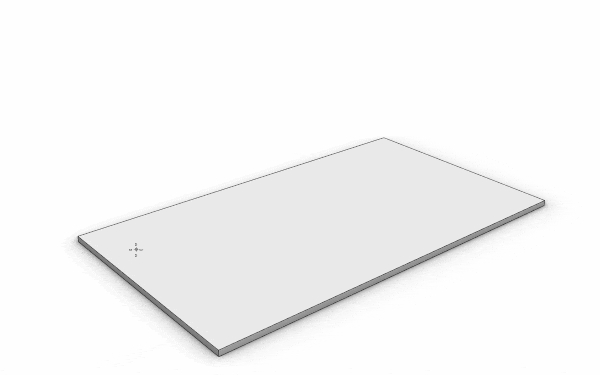Your Cart is Empty
Customer Testimonials
-
"Great customer service. The folks at Novedge were super helpful in navigating a somewhat complicated order including software upgrades and serial numbers in various stages of inactivity. They were friendly and helpful throughout the process.."
Ruben Ruckmark
"Quick & very helpful. We have been using Novedge for years and are very happy with their quick service when we need to make a purchase and excellent support resolving any issues."
Will Woodson
"Scott is the best. He reminds me about subscriptions dates, guides me in the correct direction for updates. He always responds promptly to me. He is literally the reason I continue to work with Novedge and will do so in the future."
Edward Mchugh
"Calvin Lok is “the man”. After my purchase of Sketchup 2021, he called me and provided step-by-step instructions to ease me through difficulties I was having with the setup of my new software."
Mike Borzage
Elevating Electronic Design: The Integral Role of Thermal Analysis Software
June 30, 2024 2 min read


Introduction to Thermal Analysis in Electronic Design
Thermal analysis is pivotal in electronic design, ensuring components and systems operate within safe temperature limits to avoid overheating. The challenge of managing heat effectively remains critical, given its impact on performance and longevity. Thermal analysis software emerges as a sophisticated solution, employing various simulations to predict and mitigate heat-related issues, thus facilitating the design of more reliable and efficient electronics.
Understanding Thermal Analysis Software
Thermal analysis software serves as a crucial tool in identifying and resolving potential overheating problems before they materialize in electronic systems. This software encompasses a range of features and capabilities designed to simulate thermal behaviors and interactions within electronic devices under various conditions.
- Steady-state analysis for evaluating temperature distributions under constant conditions.
- Transient analysis to assess how temperatures change over time.
- Computational Fluid Dynamics (CFD) analysis for detailed examination of heat transfer involving fluid flow.
Integration with electronic design automation (EDA) tools is a hallmark of advanced thermal analysis software, enhancing design efficiency, reducing prototyping costs, and ultimately leading to the production of more reliable electronics.
Case Studies: Thermal Analysis in Action
Several real-world applications of thermal analysis in electronic design underscore its value:
- In compact consumer electronics, where space is at a premium, thermal analysis software has been instrumental in identifying hot spots and suggesting alterations to improve heat dissipation.
- For high-performance computing hardware, thermal analysis aids in designing efficient cooling systems, ensuring that processors and components operate within their thermal limits.
These examples highlight the software's role in extending product lifetime, ensuring user safety, and complying with regulatory standards.
Future Trends and Advancements in Thermal Analysis Software
The horizon for thermal analysis software in electronic design is expansive with technological evolutions such as AI and machine learning poised to enhance predictive analysis capabilities. Cloud-based platforms are expected to democratize access to sophisticated thermal simulations, enabling more detailed and accurate analyses. Furthermore, advancements in integration with other design and simulation tools will streamline workflows, contributing to the accelerated development of electronic products. The future of thermal analysis software is indeed promising, poised to make significant contributions to the evolution of electronic design.
Also in Design News

Enhance Your Workflow with Custom Parametric Walls in VisualARQ 3
October 30, 2025 5 min read
Read More
Cinema 4D Tip: Lock Framing Early with Cinema 4D Safe Frames and Aspect Overlays
October 30, 2025 2 min read
Read More
ZBrush Tip: Conservative Projection Workflow for Artifact-Free Detail Transfer
October 30, 2025 2 min read
Read MoreSubscribe
Sign up to get the latest on sales, new releases and more …


